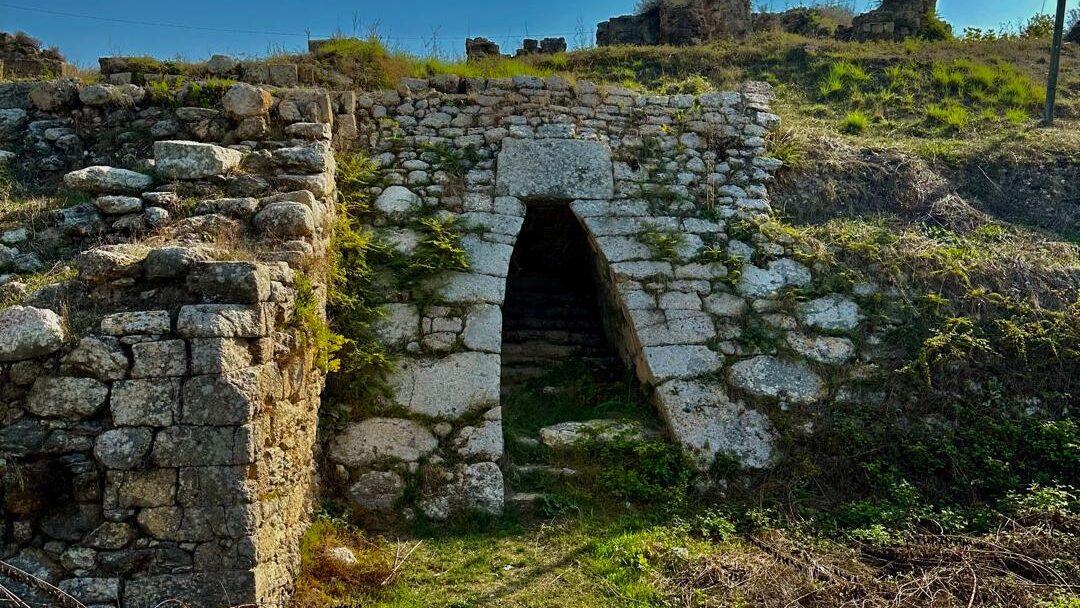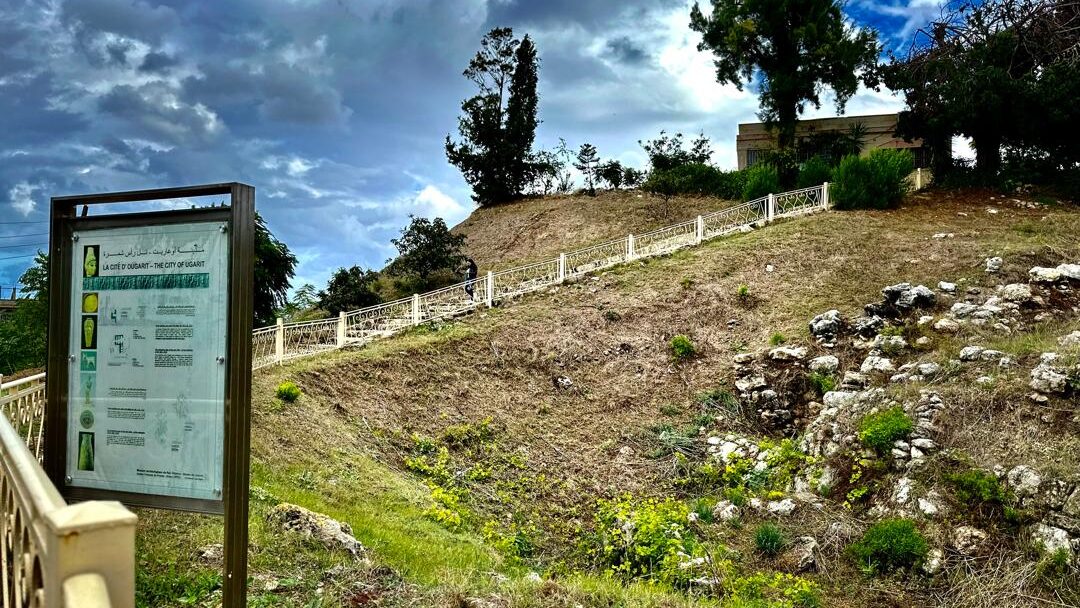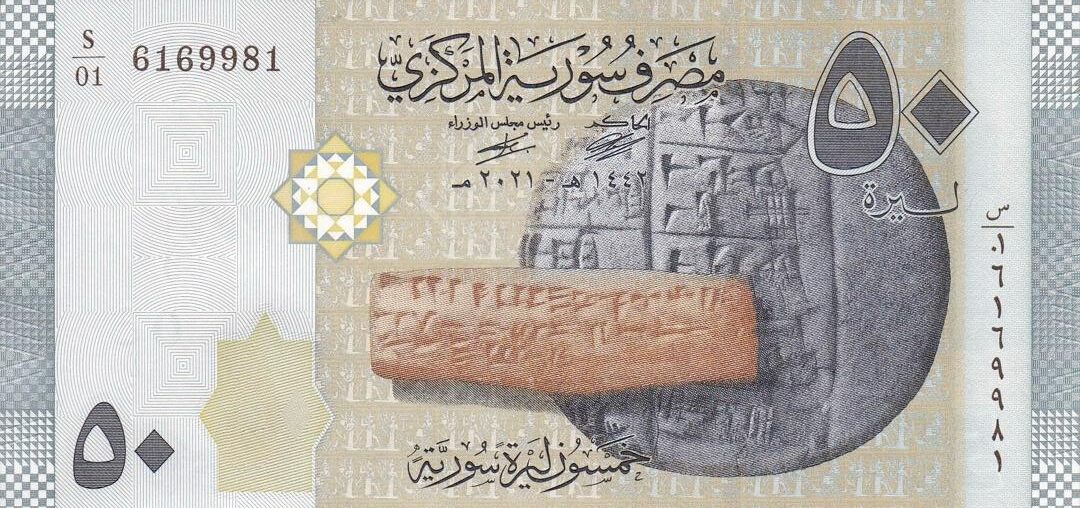In ancient times, knowledge was powerful—but out of reach for most people. Only kings, priests, and elites had the privilege to read and write. That gave them immense control. They could record history, shape society, and pass down their ideas.
For everyday people, literacy was a mystery. Oral stories were their only way to preserve culture. They couldn’t access written knowledge. As a result, their voices were often lost to time.
But something revolutionary began—right here in ancient Syria.

A Breakthrough on the Syrian Coast
When people think of ancient writing, they often imagine Mesopotamia or Egypt. But few realize that one of the world’s greatest inventions—the alphabet—was born on the Syrian coast.
In the city of Ugarit, now modern-day Ras Shamra, something remarkable happened. People there created the first known alphabet around 1400 BCE. It was a turning point in human communication.
Why People Needed to Write
At first, writing wasn’t about sharing poetry or philosophy. It came from practical needs. As trade expanded and society grew more complex, people had to record deals, crops, and laws.
The earliest systems, like cuneiform or hieroglyphics, were extremely complicated. They used hundreds of symbols. Only trained scribes could understand them.
But that made writing a luxury. Ordinary people couldn’t learn such systems easily. So the question arose: How could writing be made simple enough for everyone?

The Phoenician Alphabet: A Simple, Smart Solution
Enter the Phoenicians—a seafaring people who lived along today’s Syrian and Lebanese coasts. They were skilled merchants and sailors, traveling far and wide. To communicate better, they needed a fast, efficient way to write.
Their solution? A new kind of writing system: the alphabet.
They reduced the hundreds of symbols into just 22 characters, each one representing a sound. It was simple, clear, and easy to learn.
Literacy for Everyone
This new alphabet was a game-changer. For the first time, anyone could learn to read and write. You didn’t need years of training.
A merchant could write invoices. A farmer could record harvests. A child could learn family stories. Knowledge was no longer controlled by a few—it belonged to everyone.
That’s why the Phoenician alphabet is often called the beginning of universal literacy.
How the Alphabet Spread Across the World
The beauty of the Phoenician system was its simplicity. Other cultures quickly adopted and adapted it.
The Greeks added vowels. The Romans refined it into the Latin alphabet—the same one we use today.
What started on Syria’s shores eventually shaped the way billions communicate across the globe.
Visit the Birthplace of the Alphabet
The oldest known example of the Phoenician alphabet was found in Ugarit. A clay tablet from 1400 BCE was discovered in 1928. Today, you can see it at the National Museum in Damascus.
This tiny artifact changed the course of history.
Curious to stand where it all began?
You can:
- Explore Ugarit ruins on a coastal Syria tour
- Visit the Damascus National Museum
- Discover ancient coastal cities like Latakia, Arwad, and Tartus

Why It Still Matters
Thanks to the Phoenicians, writing became a shared tool. It allowed people to preserve history, express ideas, and pass down wisdom.
Their invention turned knowledge into a legacy—something that could be handed from one generation to the next.
So next time you write a message or read a sign, remember:
It all started here, in Syria.
Ready to Travel Back in Time?
Join one of our Syria tours and discover the birthplace of the alphabet. Walk the streets where history was written, literally. This isn’t just a journey—it’s a connection to one of the world’s most important ideas.
